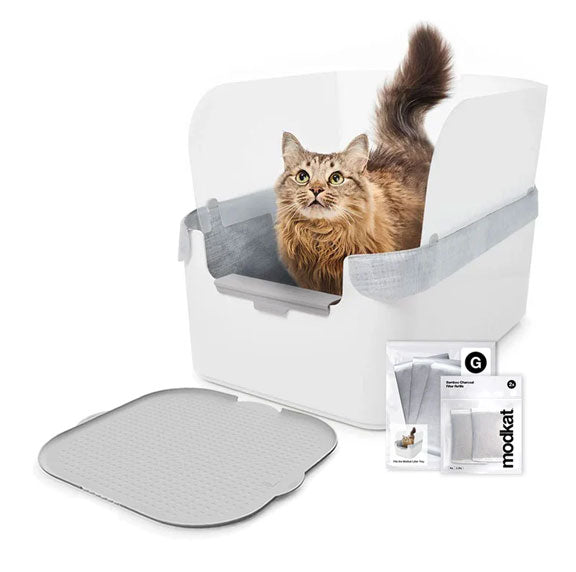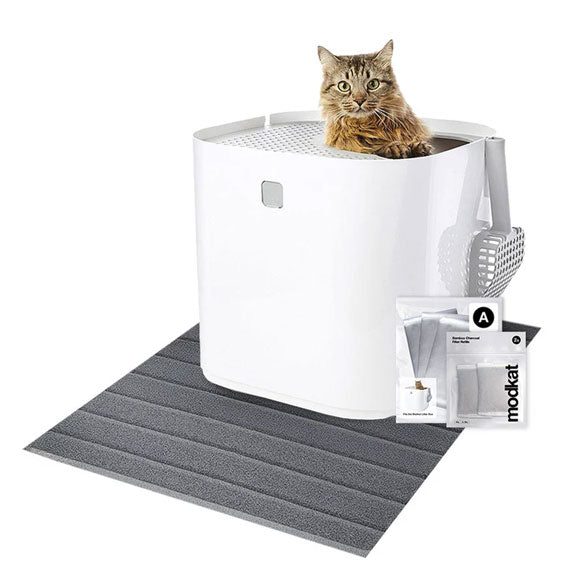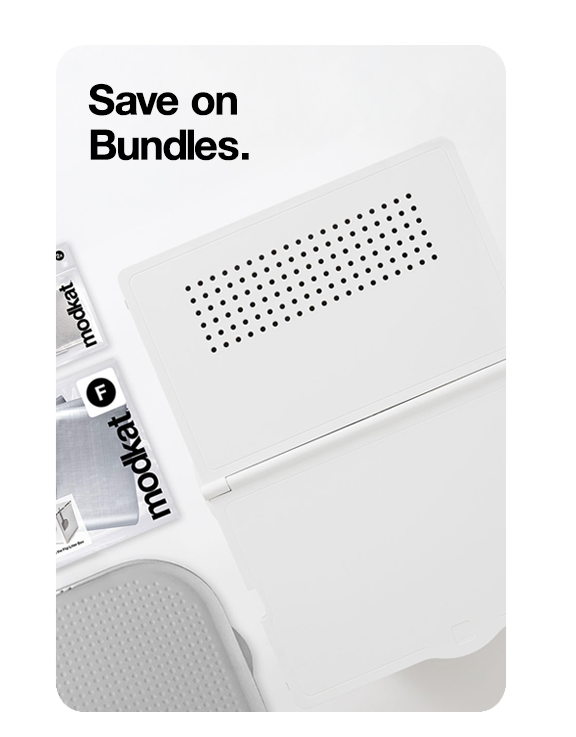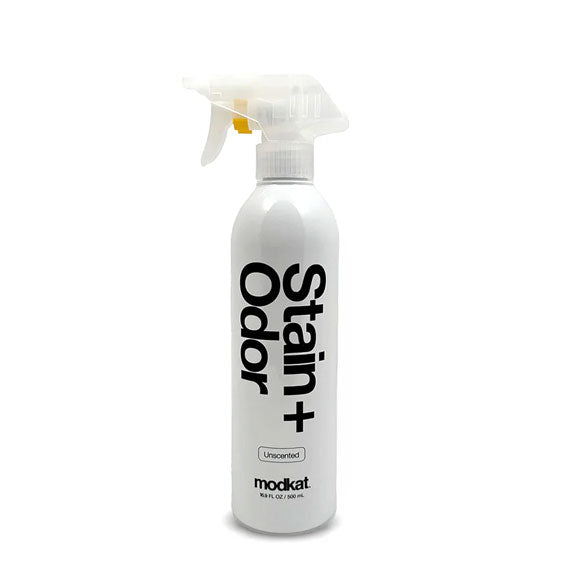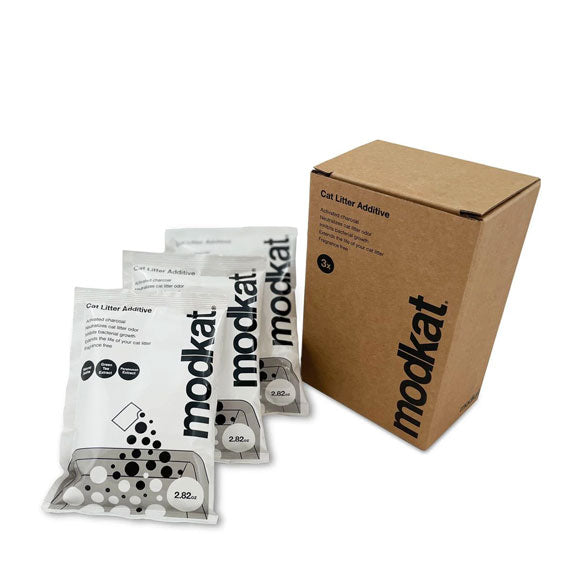20% off sitewide. Discount automatically applied.
20% off sitewide. Discount automatically applied.
Litter Boxes
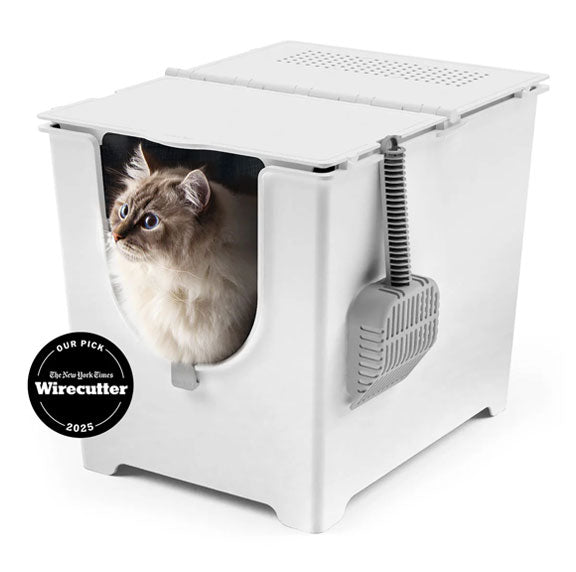
Modkat Flip
Front-Entry Litter Box

Modkat XL
Front/Top-Entry Litter Box
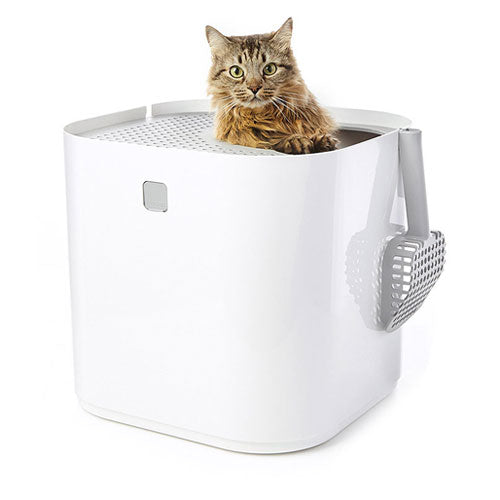
Modkat
Top-Entry Litter Box
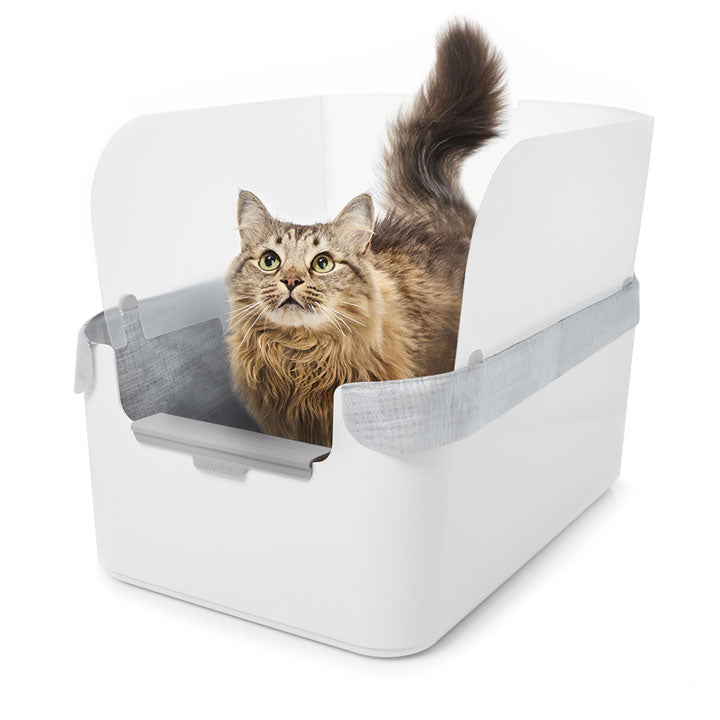
Modkat Tray
Open Litter Box
Bundles
Essentials

Litter Keeper
Two colors
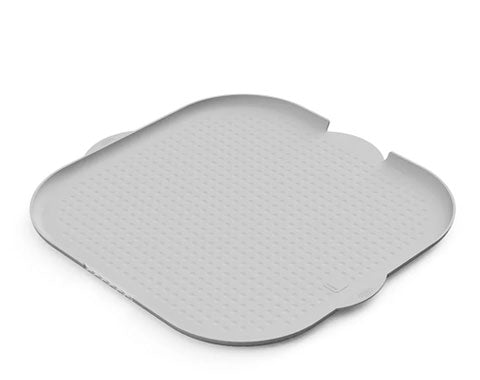
Litter Mats
Multiple styles, colors & sizes
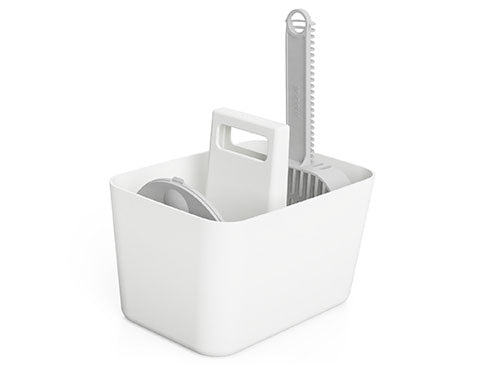
Tidy-Up Kit
Scoop holder & dustpan

Lounge + Play
Scratchers & toys
Refills
Add description, images, menus and links to your mega menu
A column with no settings can be used as a spacer
Link to your collections, sales and even external links
Add up to five columns
Add description, images, menus and links to your mega menu
A column with no settings can be used as a spacer
Link to your collections, sales and even external links
Add up to five columns
What happens during my cat's veterinary exam?

We take our cats to the vet when they get sick, but it's also important to keep our pets healthy and happy all year long. Regular veterinary care is crucial for preventing the effects of illness in our furry friends.
During a kitten's first vet visit, there are usually more injections and observations compared to later visits. Once a cat reaches adulthood, a typical physical examination includes the following:
- It’s important for your cat to feel comfortable with the vet during examinations.
- The veterinary staff will weigh the cat. Fluctuations in weight may indicate health problems, so if you notice your cat has recently gained or lost weight without a clear explanation, be sure to mention it.
- Eye check-up: The vet will examine your cat’s eyes for abnormalities, including signs of glaucoma or cataracts.
- Ear check-up: Your cat could show signs of mites, mange, or infections.
- The vet will examine your cat’s teeth. Did you know untreated dental disease directly affects kidney disease? Feline dental care is critical to overall health.
- Using a stethoscope, the vet will listen to your pet’s heart and lungs.
- Cat-friendly vets usually take several breaks so the cat doesn’t get stressed.
- The vet will check your cat’s limbs and body, feeling for lumps, bumps, inflammation, or signs of breast cancer. Female cats have many breasts, so mammary cancers are not uncommon. Before wrapping up, the vet will also conduct a dermatological exam.
- Most vet visits include a stool exam to check for intestinal parasites and possibly a blood test.
- Don’t be surprised if the vet includes a question-and-answer session about the cat’s behavior. Be prepared to discuss any odd behaviors, litter box problems, or unexpected weight changes.
How often should indoor cats go to the vet?
House cats should receive the same veterinary care as pet dogs. According to the American Humane Society, the average cat goes to the vet only half as often as the average dog. One in ten cats never goes, and 27% of cats only go when they're sick. It should not be that way. Instead, most adult cats should visit the vet once every 6-12 months. Kittens should see the vet monthly until they are four months old and then return again to be spayed or neutered at six months. Senior cats - those with ten years or more of life behind them - should see the vet once every three months.
Regular vet visits can help your cat feel less stressed about the experience, get regular booster vaccinations, and reveal early warning symptoms of feline severe illnesses.
Final thoughts.
Regular vet visits are critical to keeping your cat healthy and happy. If you haven't yet chosen a vet, look at some of Catster's ideas for selecting a cat-friendly professional to help prevent or eliminate your cat's pain or illnesses.
“It looks nicer than any other hooded or open option we considered.”

Categories
Meow from Brooklyn.
Sign up and get early access to product drops, exclusive offers, and the occasional cat meme.
Similar products related to this blog:
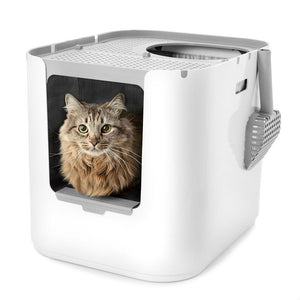
"It looks nicer than any other hooded or open option we considered."

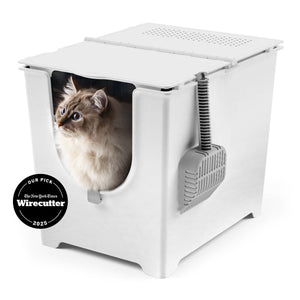
"This litter box keeps everything in, nothing gets out the sides."

"My beautiful ragdoll cat and I both love the new Modkat Litter tray!"


